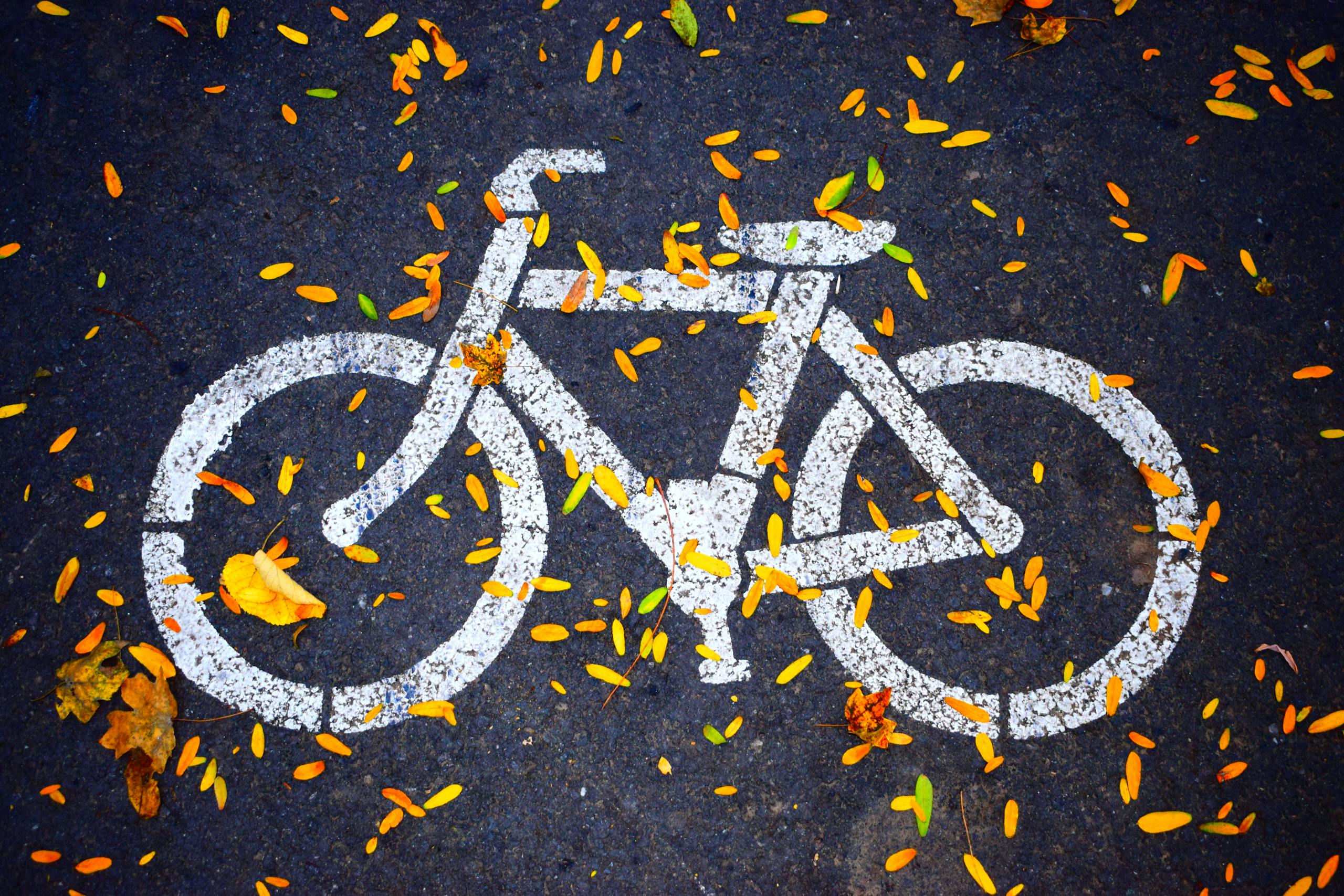Climate Change and Volunteer Burnout Are Putting Fat Bike Trails at Risk

A new study by researchers from the University of Eastern Finland and Lakehead University in Canada has shed light on two major challenges threatening the sustainability of fat bike trails across North America: climate change and volunteer burnout.
Published in the Journal of Outdoor Recreation and Tourism, the research explores how unpredictable weather and dwindling volunteer participation could undermine one of the fastest-growing forms of winter recreation — fat biking. The study, titled Is winter coming? Outdoor recreation voluntary associations and fat biking in Northwestern Ontario and Northeastern Minnesota, focuses on how Outdoor Recreation Voluntary Associations (ORVAs) — the community-driven groups that build, maintain, and groom winter trails — are struggling to keep pace with changing conditions and rising demand.
What Exactly Is Fat Biking?
Fat bikes are off-road bicycles equipped with extra-wide tires, designed to glide over soft terrain such as snow, sand, and mud. This design allows cyclists to enjoy trails all year round, even in winter when traditional mountain biking would be impossible. Originally considered a niche sport, fat biking has exploded in popularity in recent years, especially in Canada, the United States, and parts of Northern Europe like Finland and Sweden.
Because fat bikes can operate in conditions where other sports stall, they’ve become an adaptive recreation option in the face of climate variability. For regions dependent on snow tourism, such as Northwestern Ontario and Northeastern Minnesota, the sport offers a way to keep tourism alive through milder or inconsistent winters.
Why Fat Bike Trails Depend So Heavily on Volunteers
One of the most striking findings in the study is how much winter trail systems rely on unpaid, volunteer-driven maintenance. Across North America, volunteer associations are the backbone of winter recreation infrastructure. They handle trail creation, grooming, repairs, signage, and event organization — often with limited funding or equipment.
These Outdoor Recreation Voluntary Associations (ORVAs) are usually made up of passionate community members who dedicate their free time to keeping trails safe and usable. But the study found that this system is increasingly under pressure.
When winters bring heavier snowfall, volunteers spend more hours grooming and maintaining trails. When conditions fluctuate — melting snow, freeze-thaw cycles, or sudden storms — maintenance becomes even more demanding. Each change requires re-grooming, inspection, and additional work to prevent trails from becoming unsafe or unusable.
Unfortunately, this added burden is not matched by an increase in volunteers. The research found that while fat biking participation is growing, the number of active volunteers is not. In fact, more than 40% of surveyed fat bikers admitted they were unlikely to volunteer with their local associations, even though most expressed appreciation for the work these volunteers do.
This imbalance — between rising use and stagnant support — is leading to volunteer burnout, a major risk to the future of these trail systems.
Climate Change Complicates the Equation
The research highlights how climate change is amplifying the problem. Winters in North America are becoming less predictable, with irregular snowfall, sudden thaws, and more extreme weather events such as freezing rain or rapid snowmelt.
According to the researchers, these shifts disrupt grooming schedules and increase maintenance demands. In some years, volunteers may face long stretches of poor conditions that prevent trail use altogether; in others, they may need to groom trails multiple times a week to keep them safe.
This variability doesn’t just make trail upkeep harder — it also affects event planning and tourism. Many communities rely on annual fat bike races and winter festivals to attract visitors. When snow conditions are unreliable, organizers must make last-minute adjustments or cancellations, further stressing already overworked volunteers.
The study describes this as a double challenge: environmental stress on the trails, and social stress on the people maintaining them.
The Study Regions and Methodology
The research focused on Northwestern Ontario, Canada, and Northeastern Minnesota, USA — two regions with long traditions of winter sports and a growing fat biking community. Researchers surveyed and interviewed both fat bikers and volunteers to understand how they perceive changes in weather, trail conditions, and volunteer dynamics.
Participants reported noticing shorter snow seasons and more unpredictable weather compared to a decade ago. Many volunteers also said they were stretched thin, citing a lack of new recruits and insufficient recognition for their work.
The study’s co-authors — Professor Harvey Lemelin from Lakehead University’s School of Outdoor Recreation, Parks and Tourism, and Dr. Kelsey Johansen, a postdoctoral researcher at the University of Eastern Finland — argue that these trends could have long-term consequences if not addressed soon.
Practical Solutions for ORVAs
The study doesn’t just identify problems; it also proposes practical steps to help ORVAs adapt and stay sustainable. Some of the key recommendations include:
- Seasonal Trail Grooming Strategies: Develop flexible grooming plans that account for fluctuating weather conditions.
- Volunteer Recruitment and Retention Programs: Create structured strategies to attract new volunteers and retain existing ones, including mentorship opportunities for newcomers.
- Rotating Event Hosting: Share the responsibility of organizing fat bike events among multiple associations to reduce workload on smaller groups.
- Binational or Biannual Events: Plan larger-scale, cross-border or alternating-year events to showcase trails while giving local teams breathing room.
- Volunteer Recognition and Succession Planning: Acknowledge volunteer efforts through awards, public appreciation, or leadership development programs to maintain motivation and ensure continuity.
According to the researchers, these strategies could help balance the increasing demand for winter recreation with the limited capacity of volunteer organizations.
Lessons Beyond North America
Although the study was conducted in Canada and the United States, its findings are relevant to other northern regions facing similar conditions. Areas like the Finnish Lakeland, Jämtland and Västerbotten in Sweden, and Nordland and Troms in Norway share comparable climates and rely heavily on volunteer-based trail management for winter sports.
The researchers suggest that the same challenges — unpredictable winters and limited volunteer support — could threaten these areas too, making proactive planning essential everywhere.
Why This Matters for the Future of Winter Recreation
This research illustrates how climate change affects more than just the environment. It also influences the social and community systems that make outdoor recreation possible. When snow conditions fluctuate and maintenance demands rise, the people who keep these activities alive — often working behind the scenes — are the first to feel the strain.
If volunteer burnout continues unchecked, it could lead to a decline in trail quality, fewer events, and ultimately, a reduction in access to outdoor recreation opportunities for local communities and tourists alike.
At the same time, the growing popularity of fat biking shows that people are eager to find new ways to enjoy the outdoors year-round. This enthusiasm presents an opportunity to engage more riders in the maintenance and support of the trails they love.
A Broader Look at Fat Biking and Climate Adaptation
From a broader perspective, fat biking represents an interesting intersection between recreation and resilience. Unlike some winter sports that require deep, consistent snow (like cross-country skiing), fat biking can adapt to variable snow depth and mixed terrain. In that sense, it’s an example of how communities can adjust their recreation models in response to climate shifts.
However, the sport’s adaptability doesn’t make it immune to environmental change. Trails still need snow for the best experience, and without reliable winter conditions, even fat biking faces challenges. The study’s message is clear — for these activities to thrive, we need both climate awareness and community sustainability.
The Bottom Line
The findings from the University of Eastern Finland and Lakehead University remind us that the success of outdoor recreation depends not only on the weather but also on the people behind the scenes. As winters grow less predictable, the importance of supporting volunteers and planning for sustainability becomes even more critical.
Communities that act now — by sharing responsibilities, recognizing volunteer efforts, and adapting to climate realities — will be better positioned to keep their trails open and their riders happy for years to come.





